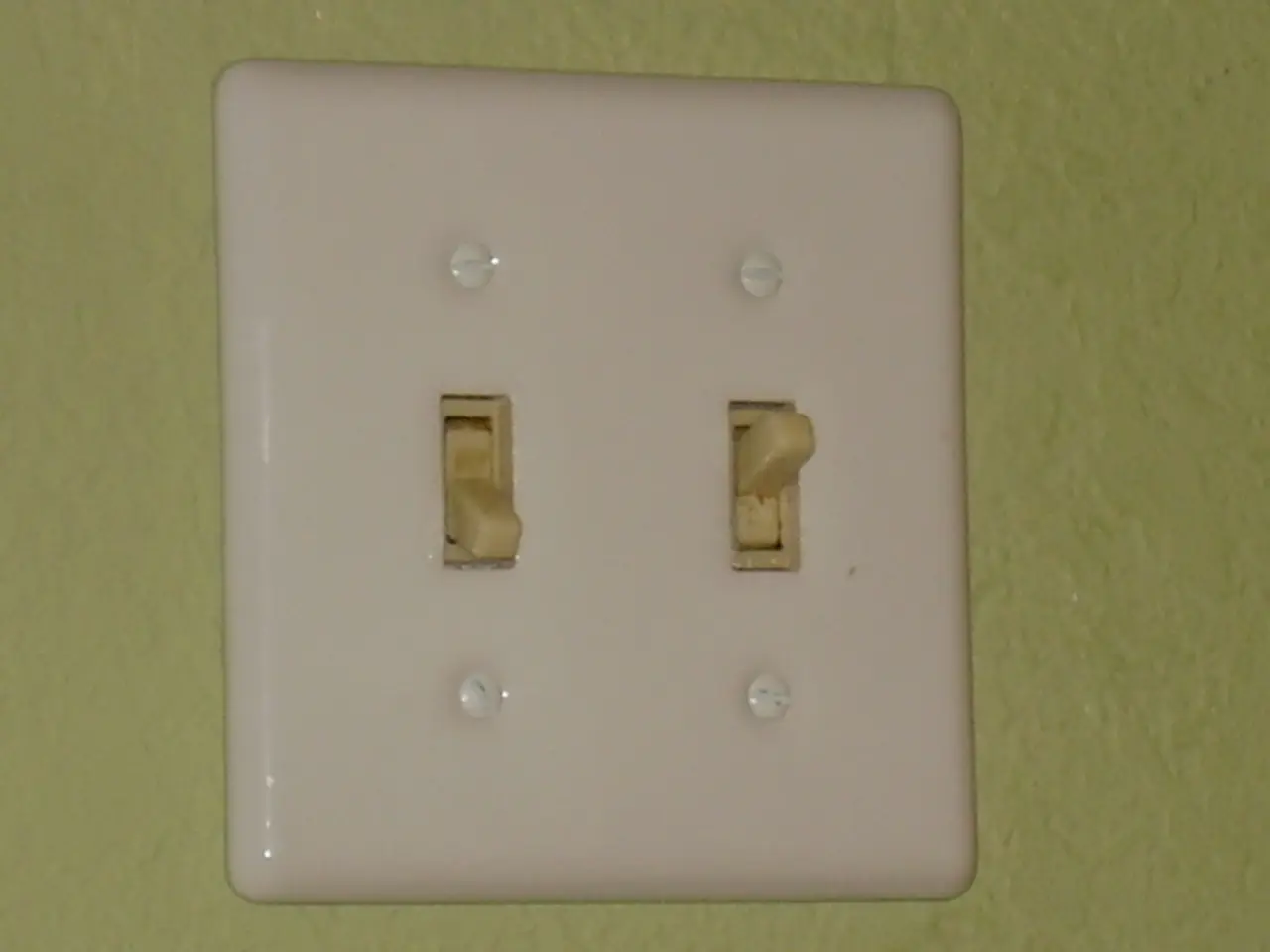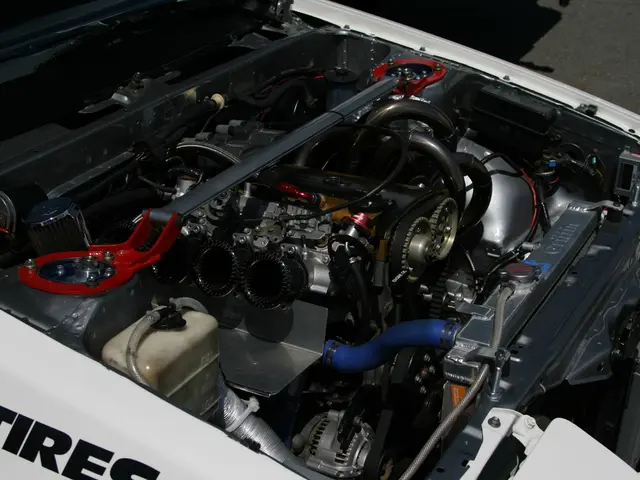Optimizing Switchgear: Top 3 Strategies for Upgrading
In industrial facilities, the importance of maintaining a reliable and efficient electrical infrastructure cannot be overstated. One crucial component of this system is switchgear, often referred to as the "guardian of the grid." This equipment plays a pivotal role in managing electrical power distribution, regulating the flow of electricity, protecting against overcurrents and short circuits, and ensuring safe and efficient power distribution.
As switchgear components wear out and technology becomes obsolete, the likelihood of malfunctions and equipment failure increases. Delaying switchgear replacement can lead to unplanned downtime, safety hazards, and significant financial losses. However, there is a cost-effective solution to this issue: retrofitting.
Retrofitting existing switchgear compared to complete system replacement offers several key advantages.
Cost Savings
Retrofitting can save hundreds of thousands of dollars in equipment and labor costs. For example, a paper mill retrofit saved $500,000 in equipment costs and up to $250,000 in labor associated with removal, wiring, and installation that would have been required for a full replacement[1].
Reduced Downtime
Retrofitting can be completed more quickly—often within 12-15 weeks using existing components and onsite breakers—minimizing operational interruptions, unlike longer schedule replacements[1][2].
Upgraded Safety
Retrofitting allows integration of modern safety features, such as arc flash reduction systems and improved trip functions, enhancing personnel protection and compliance with current safety standards without replacing the entire gear[1][2].
Extended Equipment Life and Reliability
By replacing obsolete parts and upgrading controls or breakers, retrofits improve equipment reliability, reduce unplanned outages, and extend switchgear lifespan, supporting stable power distribution critical to industrial operations[2][3].
Sustainability
Retrofitting reduces equipment waste and materials demand compared to full replacements, contributing to environmental goals by conserving resources and reducing the carbon footprint of new manufacturing[2].
In contrast, complete system replacement generally involves higher capital expenditure, longer installation time, greater downtime, and more extensive labor and material handling such as moving motor control centers or rewiring[1].
Thus, retrofitting is often favored for economically upgrading and modernizing industrial switchgear with less operational disruption while achieving improved safety and performance[1][2][3].
To ensure a successful switchgear upgrade, it is recommended to follow three best practices: guarding the guardian, upgrading components, and incorporating modern safety features and protection technologies.
Modernizing switchgear can help maintain a distillery's traditional processes while incorporating innovative technologies. By prioritizing retrofitting over complete system replacement, industrial facilities can save significant costs, reduce downtime, enhance safety, extend equipment life, and contribute to sustainability goals.
[1] "Retrofitting vs. Replacement: Modernizing Switchgear for the 21st Century." Power Grid International. (2021). [2] "Retrofitting vs. Replacement: Making the Right Choice for Switchgear Modernization." Electrical Construction & Maintenance. (2020). [3] "Switchgear Upgrades: Best Practices for Modernization." Power Magazine. (2019).
- In the context of industrial facilities, retrofitting switchgear can offer substantial financial benefits, saving hundreds of thousands of dollars in equipment and labor costs compared to complete system replacement.
- By integrating modern safety features and protection technologies through retrofitting, industrial facilities can ensure increased safety, compliance with current standards, and extended equipment life, contributing to sustainability goals.




